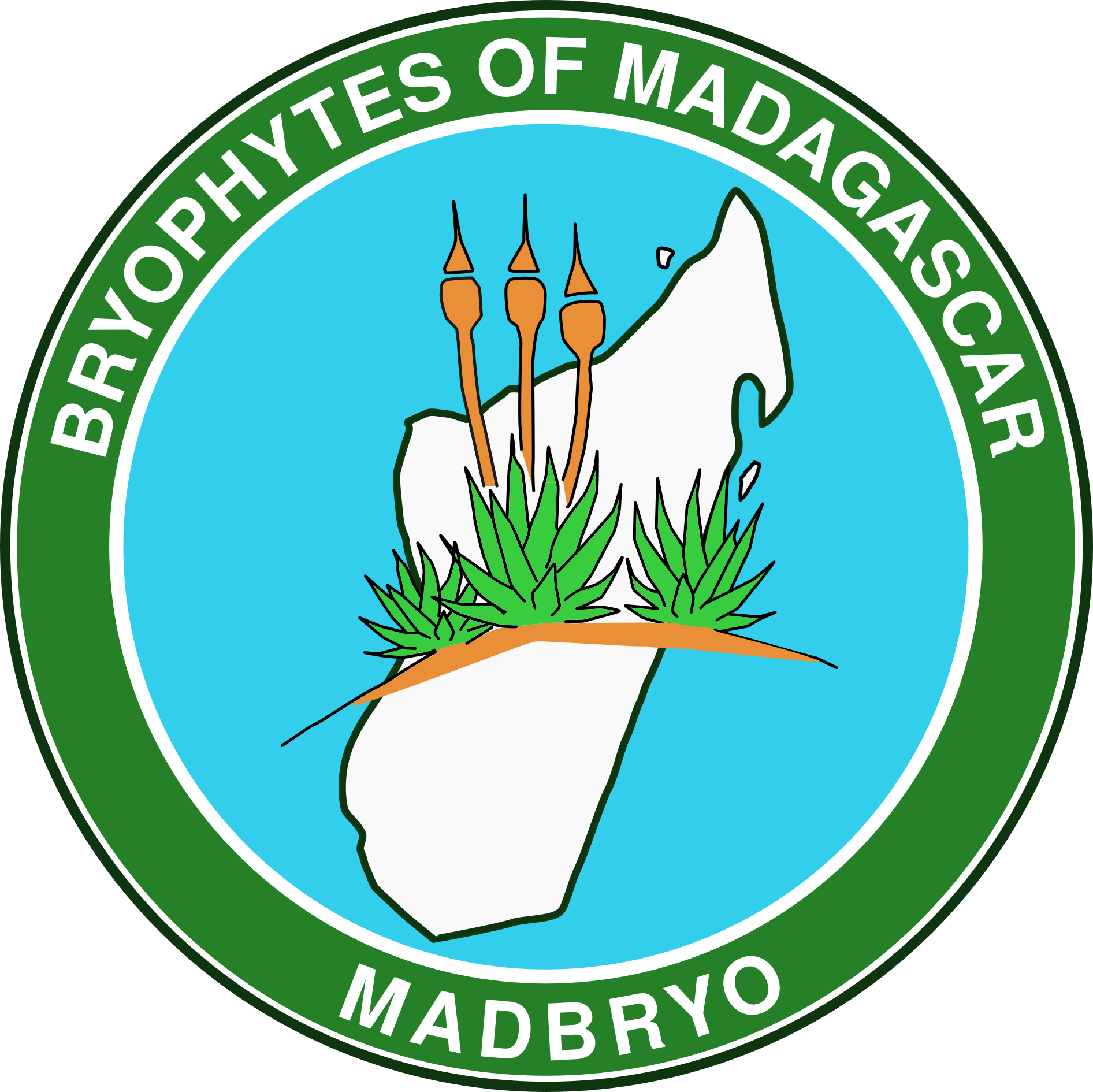BM Natural History Museum, London

The Bryophyte Herbarium at the Natural History Museum, London (BM)
-
Button
The type specimen of Polytrichum robustum Müll.Hal. ex Cardot (= Polytrichum subpilosum P.Beauv.) collected by Hildebrandt in central Madagascar in 1880 (BM001087974).
-
Fashion Magazine
ButtonMicroscopic images from the type specimen of Calymperes sancta-mariae Besch. (= Calymperes tenerum Müll.Hal.) collected by Boivin from Nosy Boraha, previously known as Sainte-Marie, in 1851 (BM000855051).

Website of BM: https://www.nhm.ac.uk/our-science/collections/botany-collections/bryophytes-collections.html
Malagasy bryophyte collections in BM
ProjectRelevant collections from neighbouring regions
Partners
-
City skyline
ButtonMissouri Botanical Garden
St. Louis, Missouri, USA
Antananarivo, Madagascar
-
Birthday Sparks
ButtonMuséum National d'Histoire Naturelle,
Insititut de Systématique Évolution et Biodiversité UMR7205
Paris, France
-
Fashion Magazine
ButtonConservatoire et Jardin Botanique de la Ville de Genève, Switzerland
-
Blurred Lines
ButtonParc Botanique et Zoologique de Tsimbazaza, Antananarivo, Madagascar
-
Button
Global Biodiversity Information Facility (GBIF)
-
Button
Université de Liège, Belgium
-
Button
University of Connecticut, Storrs, USA
-
Button
Biodiversity Information for Development (BID)













